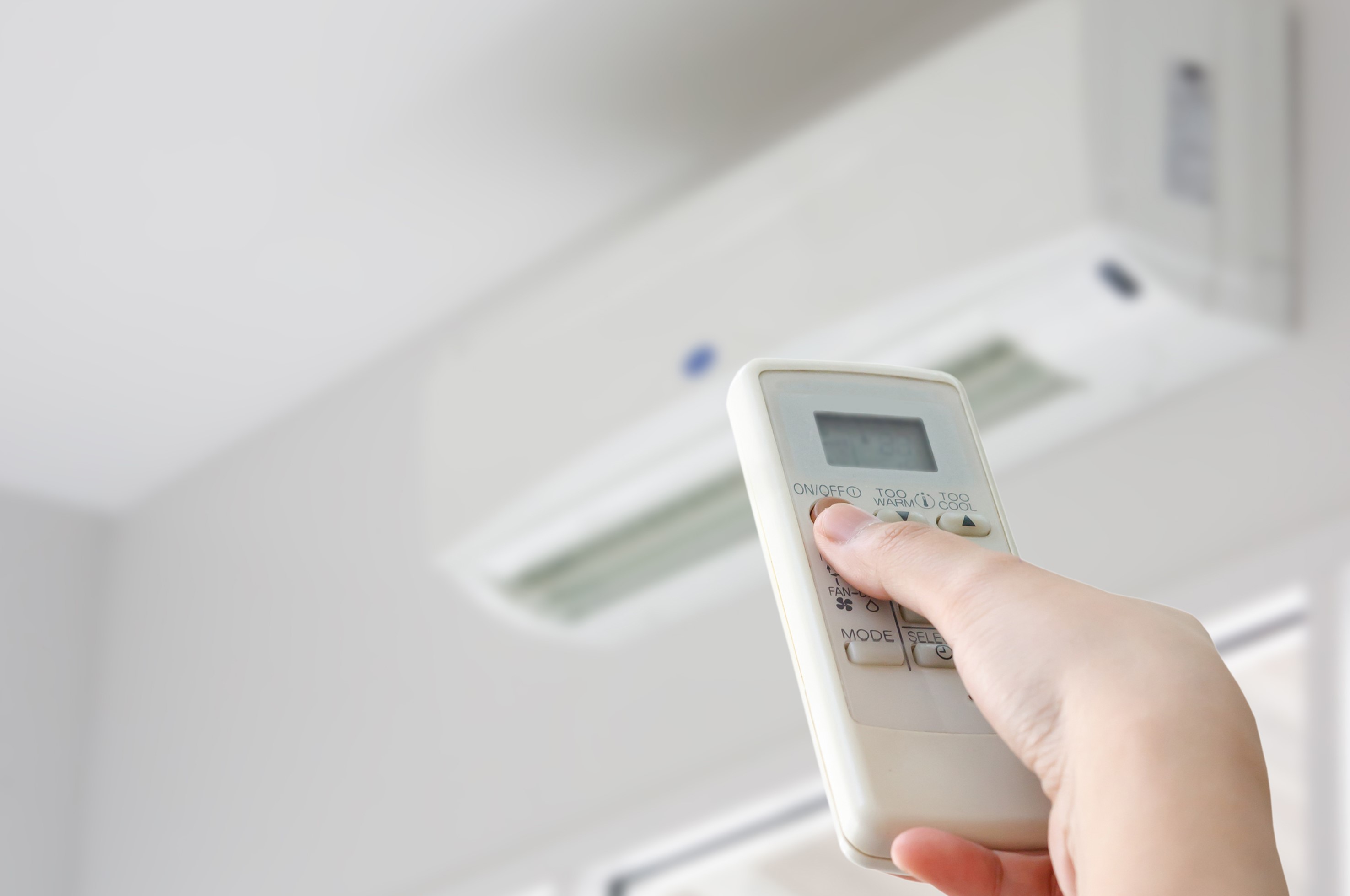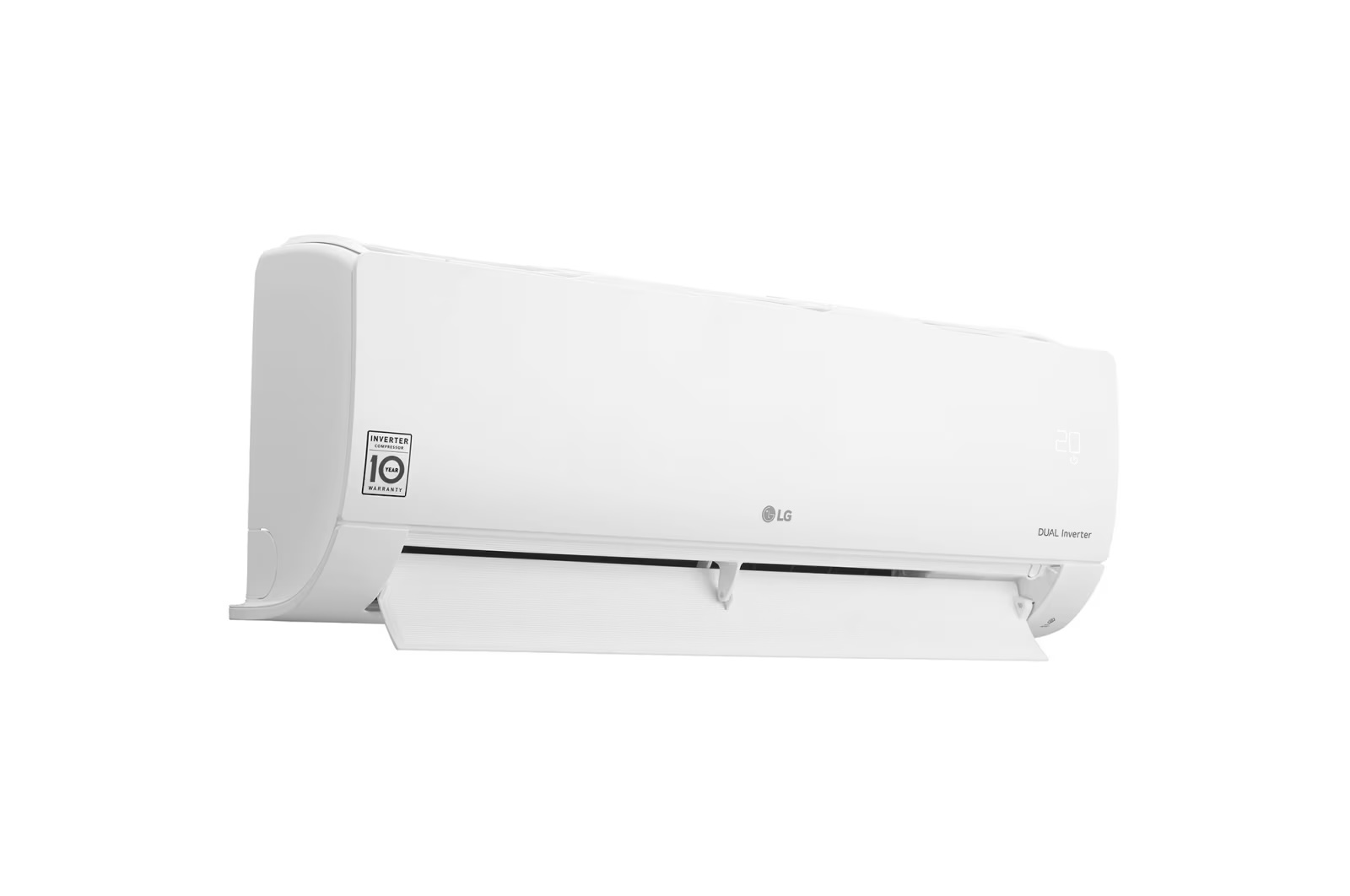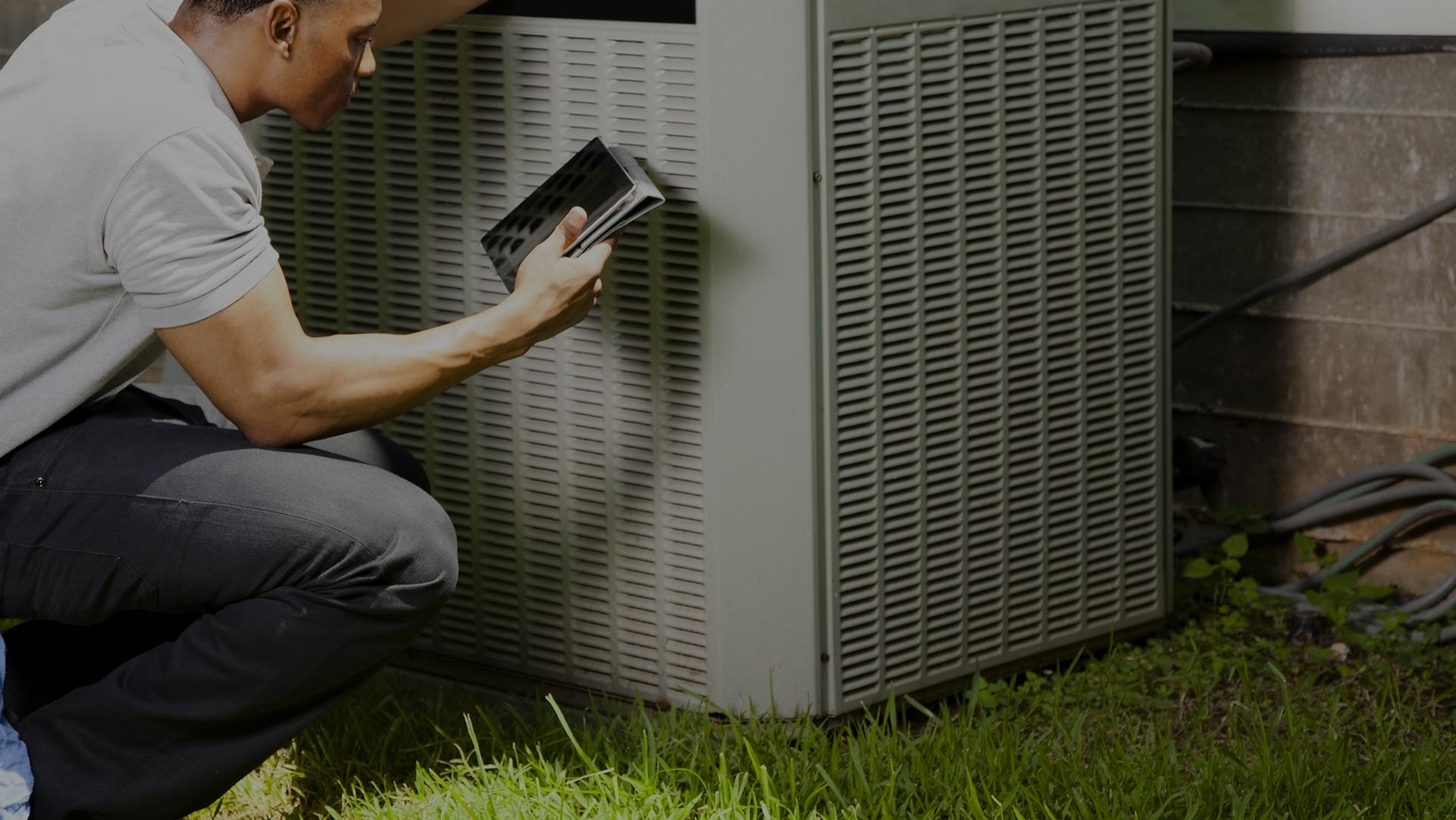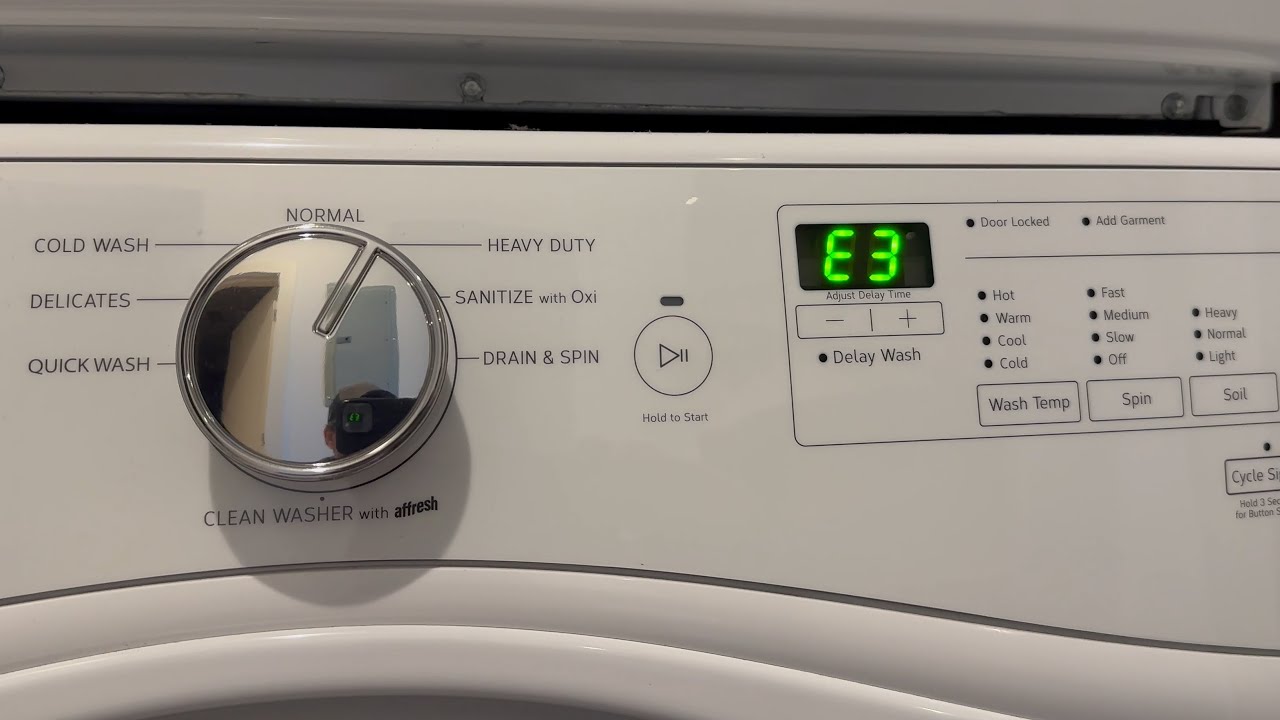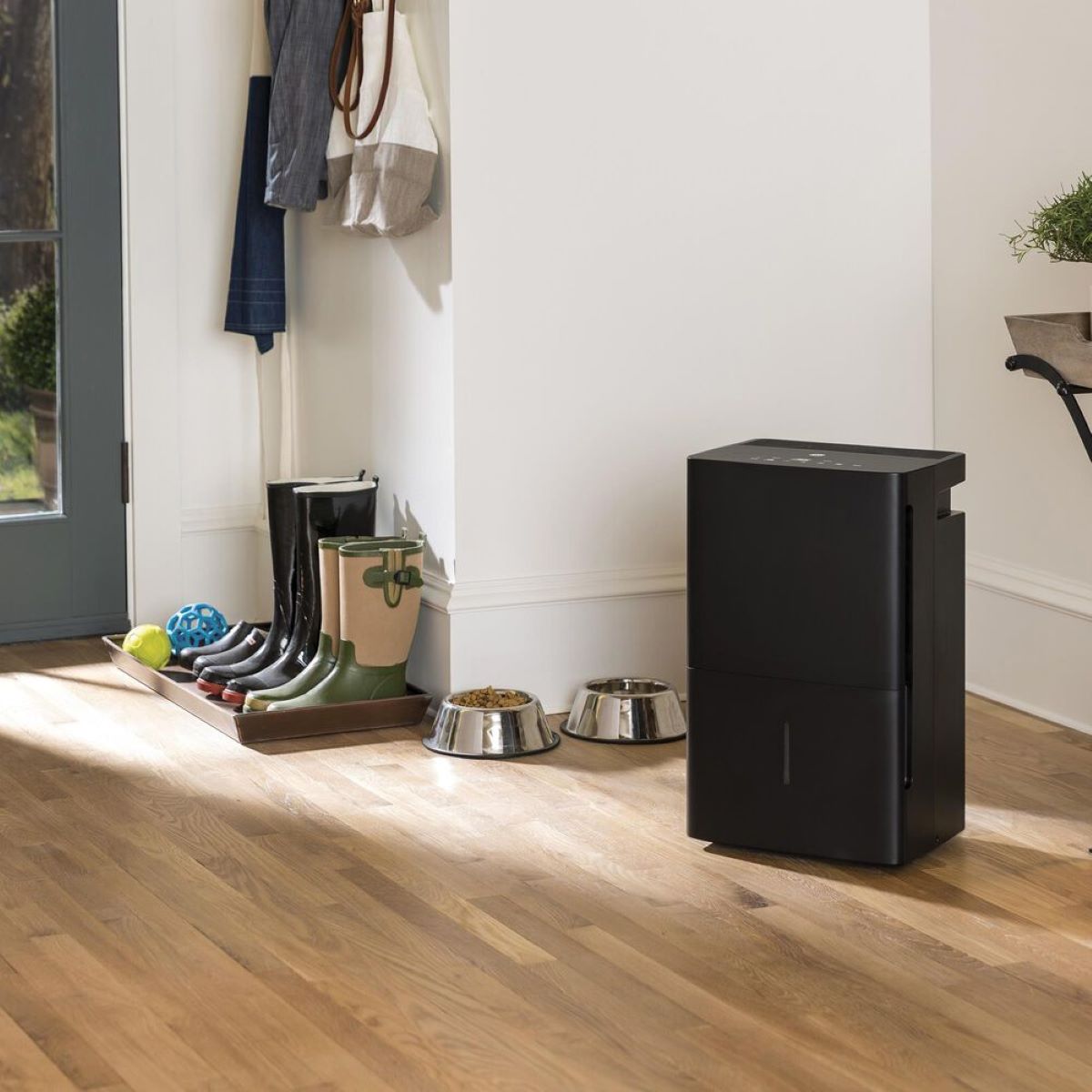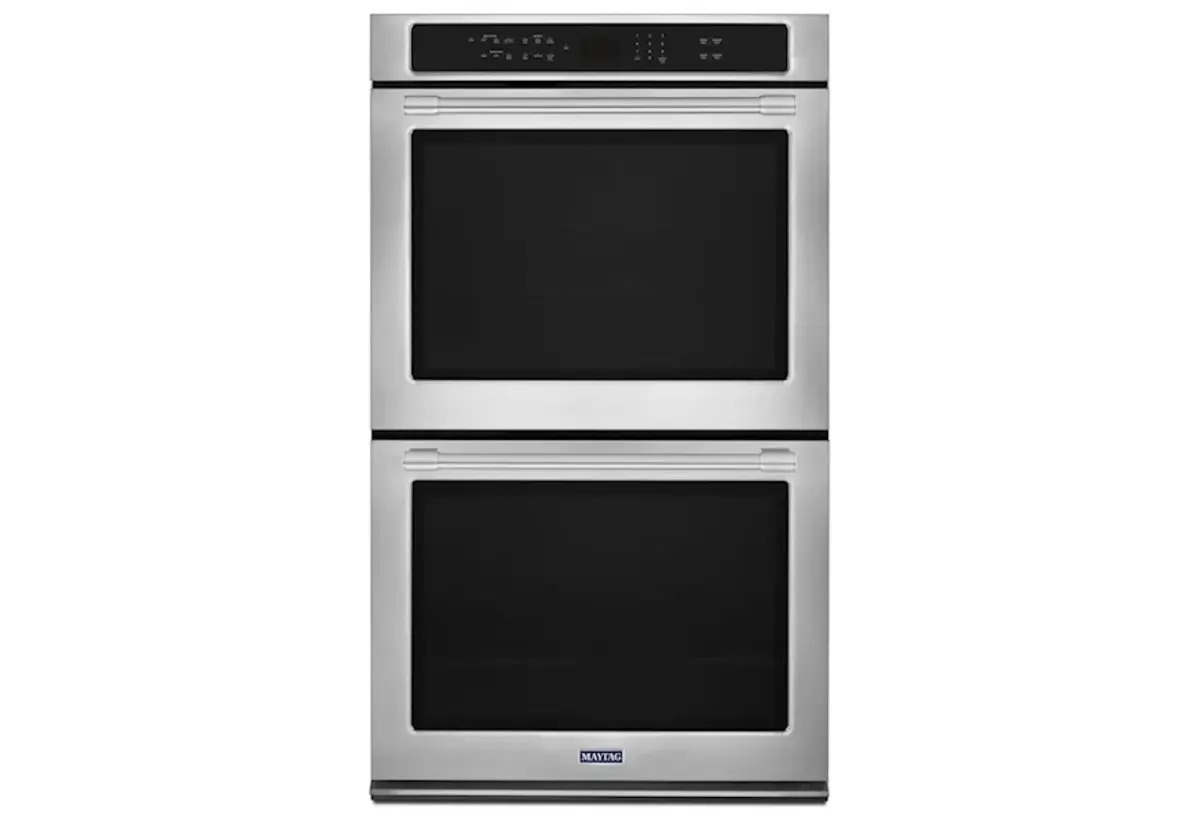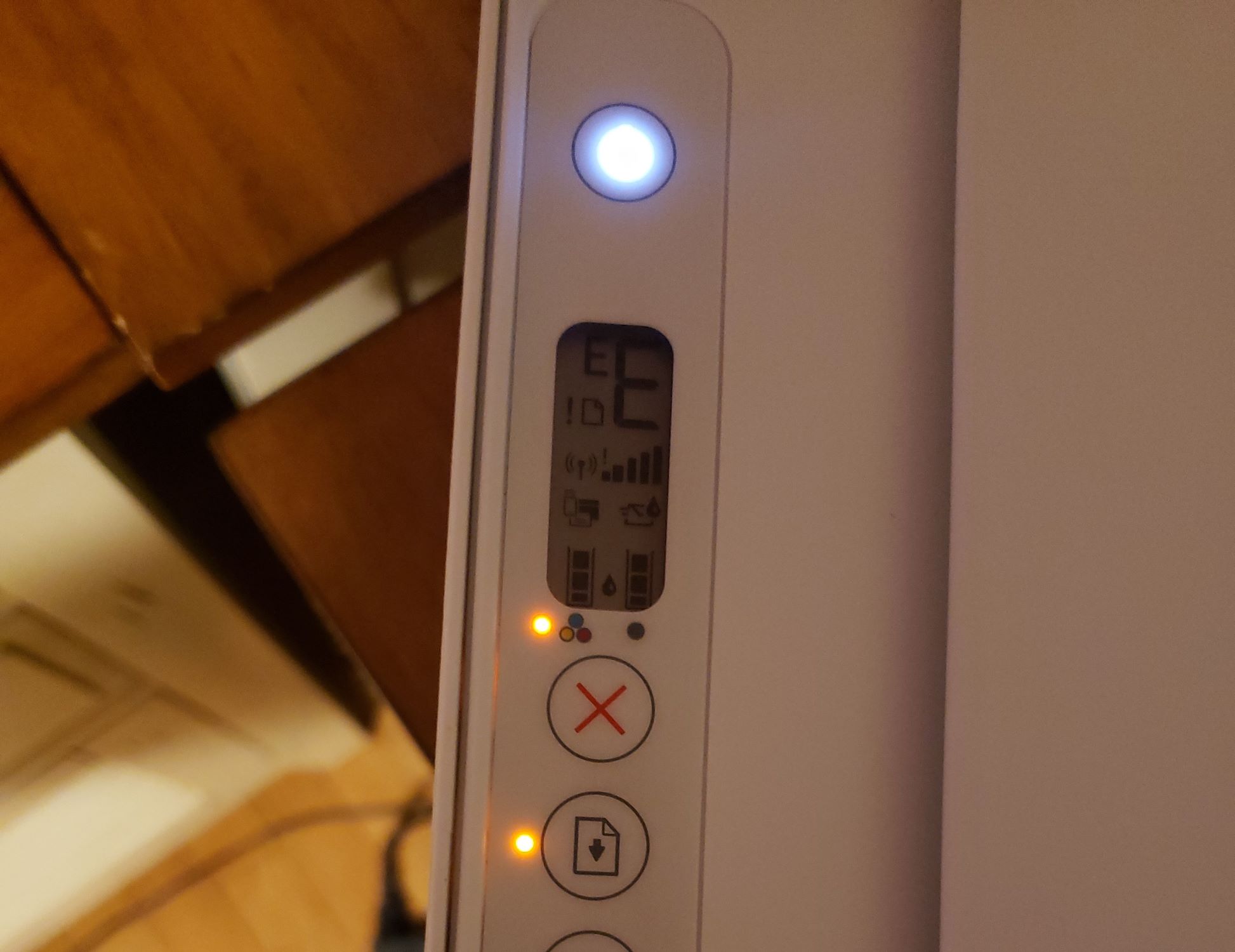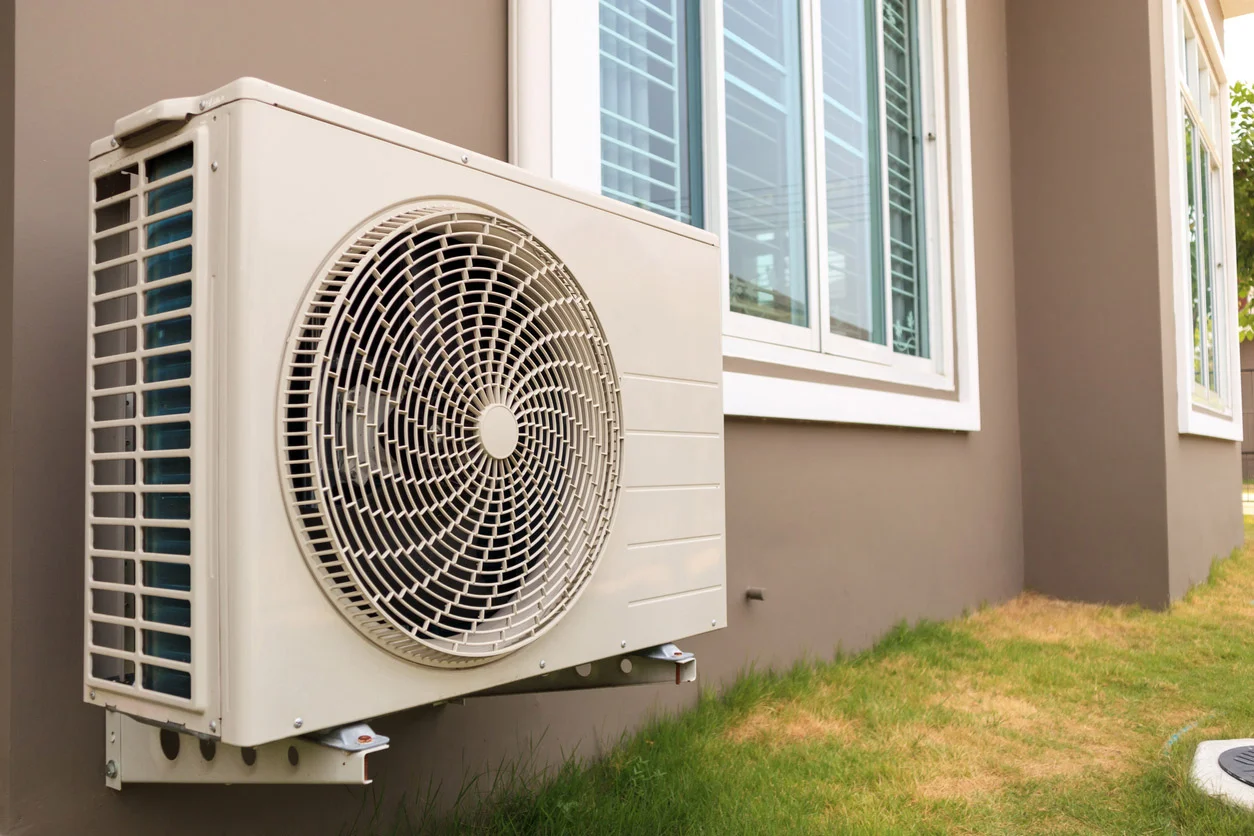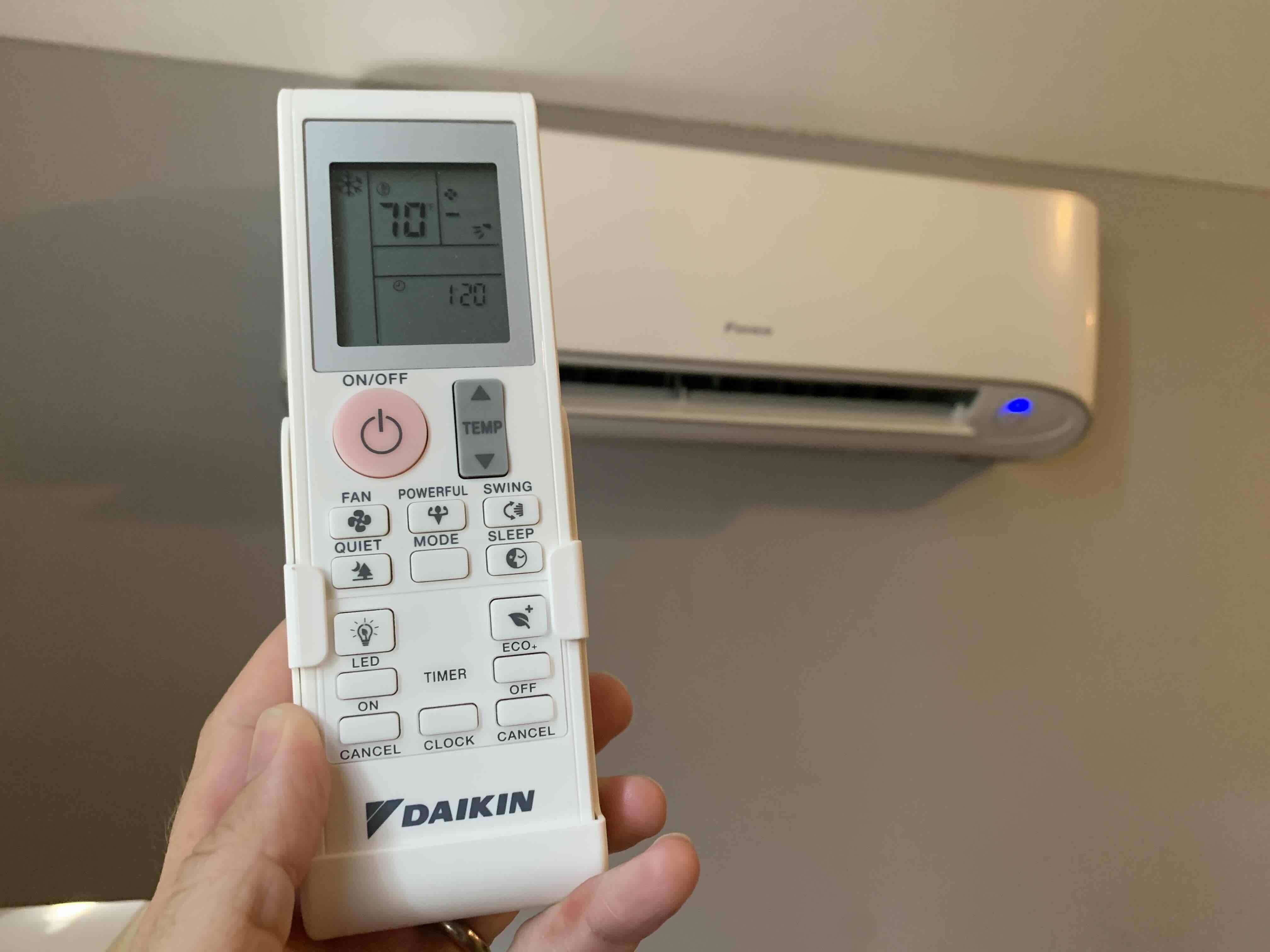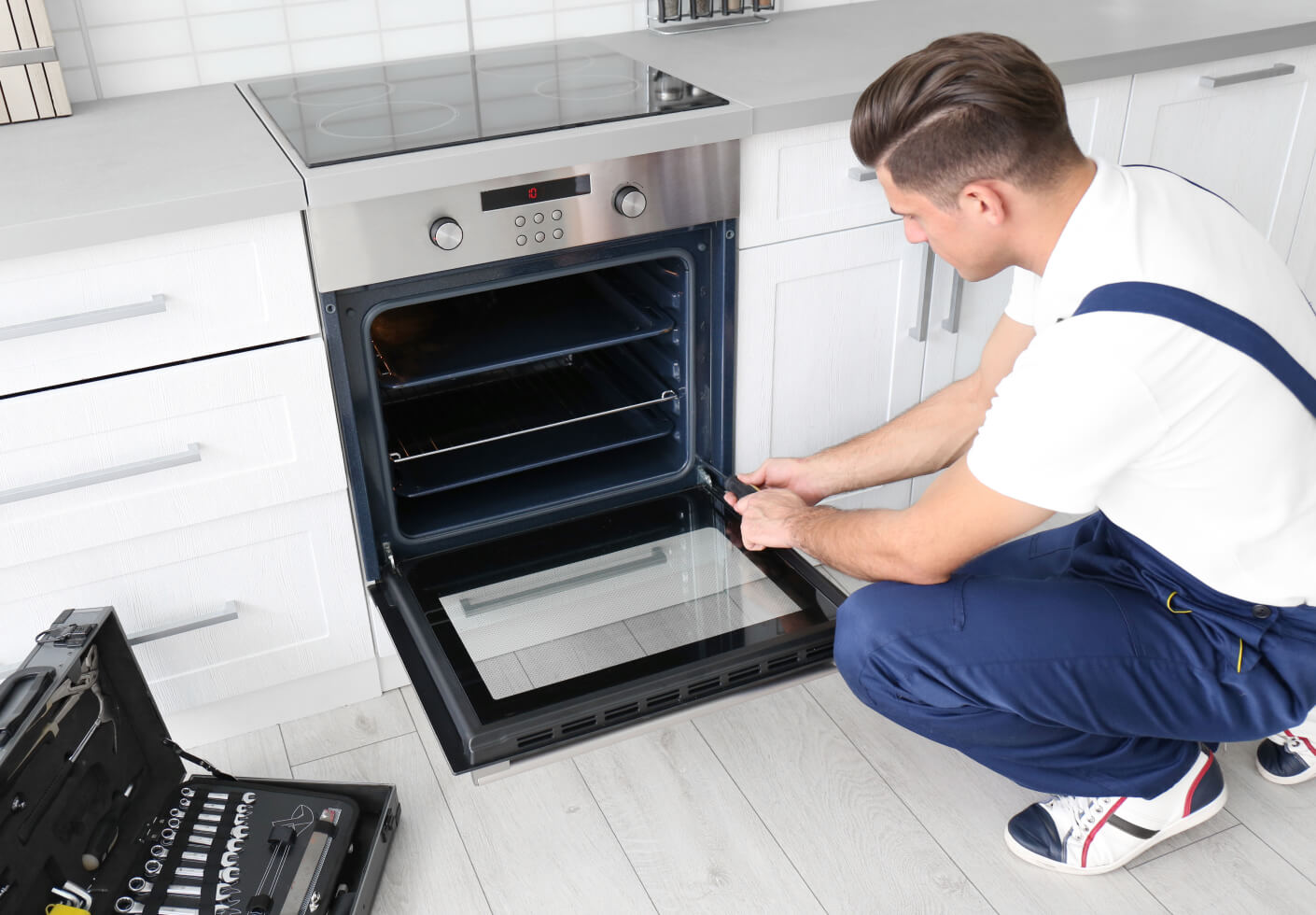Home>Home Maintenance>What Does E5 Mean On An Air Conditioner
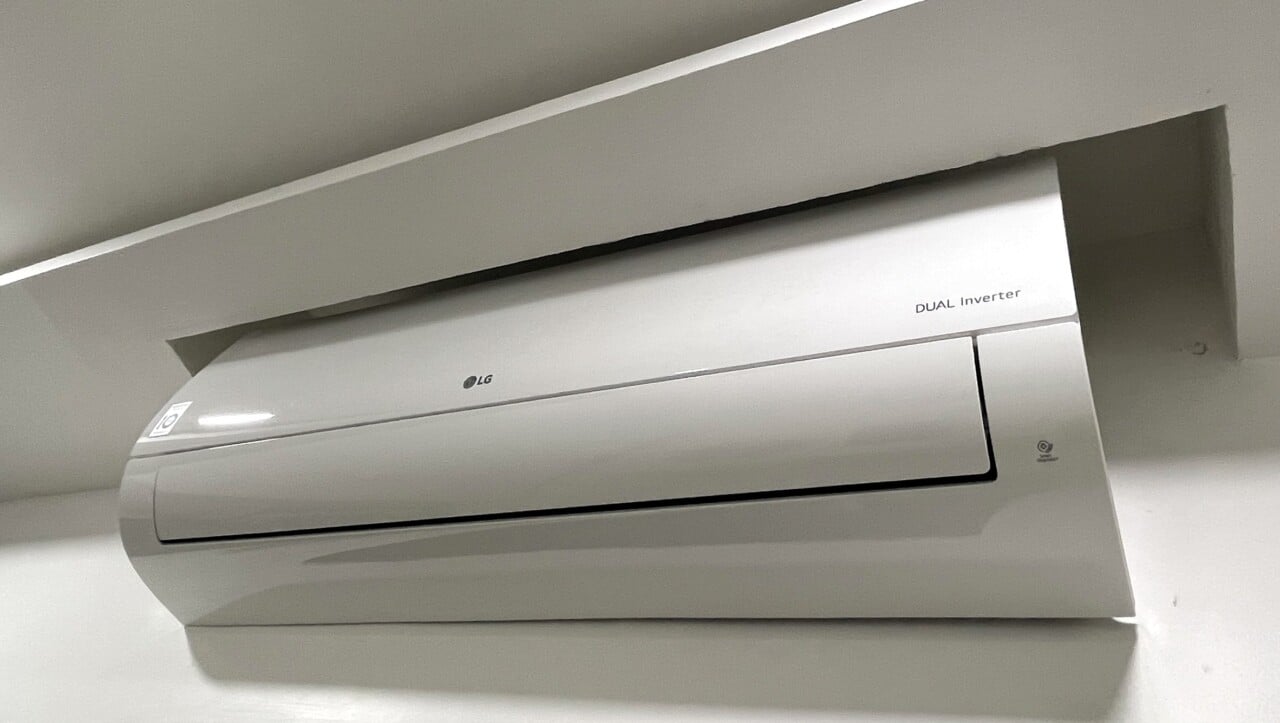

Home Maintenance
What Does E5 Mean On An Air Conditioner
Modified: August 26, 2024
Looking to understand the meaning of E5 on your air conditioner? Find out more about this maintenance error code and how it relates to home maintenance.
(Many of the links in this article redirect to a specific reviewed product. Your purchase of these products through affiliate links helps to generate commission for Storables.com, at no extra cost. Learn more)
Introduction
When it comes to keeping our homes comfortable during hot summer months, air conditioners play a crucial role. However, there may be instances when your air conditioner displays an error code that leaves you perplexed. One such error code is E5. If you’ve seen this code pop up on your air conditioner’s display panel, you might be wondering what it means and how to resolve it. In this article, we will explore the different interpretations of the E5 code on an air conditioner and provide troubleshooting tips to help you address the issue.
Key Takeaways:
- If your air conditioner shows E5, it could mean issues with the fan motor, temperature sensor, or refrigerant. Regular maintenance and professional help can keep your home cool and comfy.
- Understanding energy efficiency ratings like SEER and EER helps you make informed choices when buying an air conditioner. Troubleshooting E5 may involve checking the fan motor, air filter, and power supply.
Understanding Air Conditioner Energy Efficiency Ratings
Before diving into the specifics of the E5 error code, it is important to have a basic understanding of air conditioner energy efficiency ratings. When purchasing an air conditioner, you may notice a label that displays a numerical value followed by the letters “SEER” or “EER.” These ratings represent the energy efficiency of the unit.
SEER stands for Seasonal Energy Efficiency Ratio and measures the cooling efficiency of a central air conditioner over a typical cooling season. The higher the SEER rating, the more efficient the unit is in terms of energy consumption. A higher SEER rating often translates to lower energy bills and reduced environmental impact.
On the other hand, EER stands for Energy Efficiency Ratio and measures the cooling efficiency of an air conditioner at a specific outdoor temperature. This rating is commonly used for room air conditioners or window units. Similar to SEER, a higher EER rating indicates a more efficient unit.
Energy efficiency ratings are crucial as they help consumers gauge the energy consumption and cost implications of running an air conditioner. This information allows consumers to make informed decisions based on their budget and environmental concerns.
What is E5 on an Air Conditioner?
If you’ve encountered the E5 error code on your air conditioner, it generally indicates a fault or malfunction within the unit. However, it’s important to note that the specific interpretation of the code may vary depending on the brand and model of your air conditioner.
In some cases, the E5 error code may signify an issue with the indoor or outdoor fan motor. It could indicate that the fan motor is not running at the correct speed or that it has completely stopped working. This can lead to insufficient airflow, which in turn affects the cooling performance of the air conditioner.
Another possible interpretation of the E5 error code is a problem with the temperature sensor or thermostat. If the sensor is damaged or faulty, it may not accurately detect the temperature, resulting in incorrect cooling or heating cycles.
Additionally, the E5 error code may indicate a refrigerant leak or a problem with the refrigerant system. Low refrigerant levels can negatively impact the cooling capacity of the air conditioner and ultimately trigger this error code.
It’s important to consult the user manual of your air conditioner to understand the specific interpretation of the E5 error code for your particular model. The manual may provide troubleshooting steps or recommend contacting a professional technician for assistance.
E5 on an air conditioner usually indicates a communication error between the indoor and outdoor units. Try resetting the unit and checking for any loose connections. If the issue persists, it’s best to contact a professional technician for further assistance.
Possible Interpretations of E5
The E5 error code on an air conditioner can have various interpretations, depending on the manufacturer and model of the unit. Here are some common possibilities:
1. Fan Motor Issues: One of the most common interpretations of the E5 error code is a problem with the fan motor. It may indicate that the motor is not running at the right speed or has stopped functioning altogether. Lack of proper airflow can lead to insufficient cooling or heating performance.
2. Temperature Sensor or Thermostat Dysfunction: Another interpretation of the E5 error code is a malfunctioning temperature sensor or thermostat. If the sensor is faulty or damaged, it may not accurately detect the room temperature, causing the air conditioner to either overcool or undercool the space.
3. Refrigerant Leak: A refrigerant leak can also trigger the E5 error code. If there is a leak in the refrigerant system, the air conditioner may not have enough refrigerant to properly cool the air. This can result in reduced cooling efficiency and the display of the E5 code.
4. Blocked Air Filter: In some cases, a blocked or dirty air filter may be the culprit behind the E5 error code. When the air filter gets clogged with dust and debris, it restricts the airflow, causing the air conditioner to overheat. As a result, the system may shut down and display the E5 error code.
5. Power Supply Issues: Occasionally, power supply issues can result in the appearance of the E5 error code. Insufficient power or voltage fluctuations can disrupt the functioning of the air conditioner and trigger the error code.
It’s important to note that these interpretations are general possibilities and may not apply to every air conditioner model. Refer to your unit’s user manual or contact the manufacturer or a professional technician for specific troubleshooting steps and guidance.
Troubleshooting E5 Error
If your air conditioner is displaying the E5 error code, there are several troubleshooting steps you can take to address the issue. Follow these steps to potentially resolve the problem:
1. Check the Fan Motor: Start by inspecting the fan motor. Ensure that it is running smoothly and at the correct speed. If the motor is not functioning or is running intermittently, it may need to be repaired or replaced.
2. Clean or Replace the Air Filter: A clogged or dirty air filter can obstruct airflow and contribute to the E5 error code. Remove and clean the air filter, or replace it if necessary. Regularly cleaning or replacing the air filter will help maintain optimal airflow and prevent future issues.
3. Examine the Temperature Sensor: Inspect the temperature sensor for any damage or loose connections. If you find any issues, consult the user manual or contact a professional technician for further guidance on repairing or replacing the sensor.
4. Check for Refrigerant Leaks: If you suspect a refrigerant leak, it is best to contact a professional HVAC technician. They will be able to locate and repair the leak and recharge the refrigerant to restore proper cooling performance.
5. Ensure Proper Power Supply: Check the power supply to the air conditioner. Ensure that the voltage is stable and within the recommended range. If you notice any problems with the power supply, contact a qualified electrician to address the issue.
It’s worth noting that attempting to troubleshoot and fix complex issues yourself without the necessary knowledge or experience can potentially cause more harm than good. If the troubleshooting steps don’t resolve the E5 error code, or if you are unsure about performing the necessary repairs yourself, it is best to contact a professional HVAC technician who can accurately diagnose and resolve the problem.
Remember to refer to the user manual specific to your air conditioner model for additional troubleshooting steps and guidance.
Conclusion
Encountering an error code like E5 on your air conditioner can be frustrating, but understanding its possible interpretations and troubleshooting steps can help you address the issue effectively.
In this article, we discussed the importance of air conditioner energy efficiency ratings, such as SEER and EER, which provide valuable information about the unit’s performance and energy consumption. We then delved into the different interpretations of the E5 error code, such as fan motor issues, temperature sensor dysfunction, refrigerant leaks, blocked air filters, and power supply problems.
To troubleshoot the E5 error code, we recommended checking the fan motor, cleaning or replacing the air filter, examining the temperature sensor, inspecting for refrigerant leaks, and ensuring a proper power supply. However, it’s essential to consult the user manual specific to your air conditioner model and seek professional assistance if needed.
Remember, attempting complex repairs without prior experience can be risky, and it’s always better to rely on trained technicians for complex issues. By following the troubleshooting steps and seeking professional help when necessary, you can help maintain the performance and efficiency of your air conditioner, ensuring that your home remains cool and comfortable during those hot summer months.
Frequently Asked Questions about What Does E5 Mean On An Air Conditioner
Was this page helpful?
At Storables.com, we guarantee accurate and reliable information. Our content, validated by Expert Board Contributors, is crafted following stringent Editorial Policies. We're committed to providing you with well-researched, expert-backed insights for all your informational needs.
